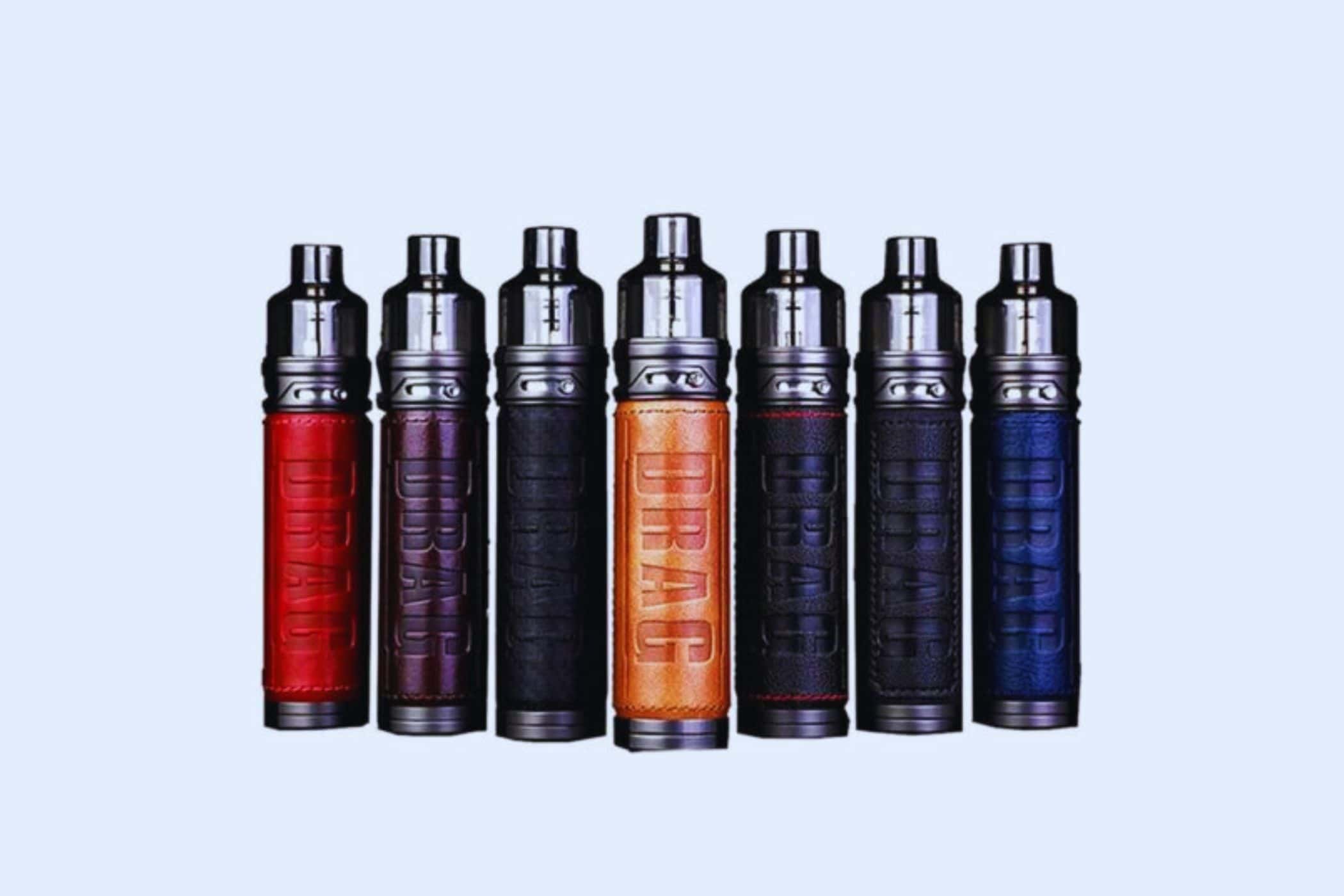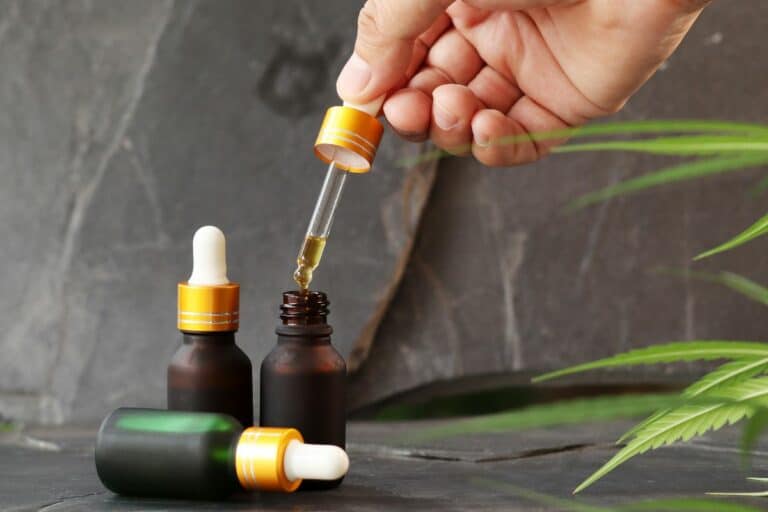Juul vs Vape: Clear Comparison and Expert Analysis
As electronic cigarettes (e-cigarettes) have become increasingly popular in recent years, many consumers find themselves comparing different vaping devices to determine which is best suited for their needs. The Juul and traditional vape pen are two of the most widely recognized and frequently debated options in the world of vaping. Both devices serve as alternatives to traditional smoking, providing users with an inhalable vapor containing nicotine without the harmful combustion of tobacco.
The Juul is a sleek, discreet device that resembles a USB flash drive, making it popular among younger users and those seeking a less obvious vaping method. It operates using pre-filled liquid nicotine pods, eliminating the need for users to refill cartridges or deal with messy e-liquids. On the other hand, traditional vape pens are refillable and customizable, offering a wider variety of flavors and nicotine strengths, as well as adjustable settings affecting vapor production and battery life.
While both Juul and traditional vape pens share the same purpose – providing an alternative nicotine delivery method to traditional tobacco products – the devices differ in terms of design, functionality, and user experience. It is important for potential users to consider these differences when deciding which type of e-cigarette would best suit their preferences and overall vaping experience.
Table of Contents
Understanding Vaping and E-Cigarettes
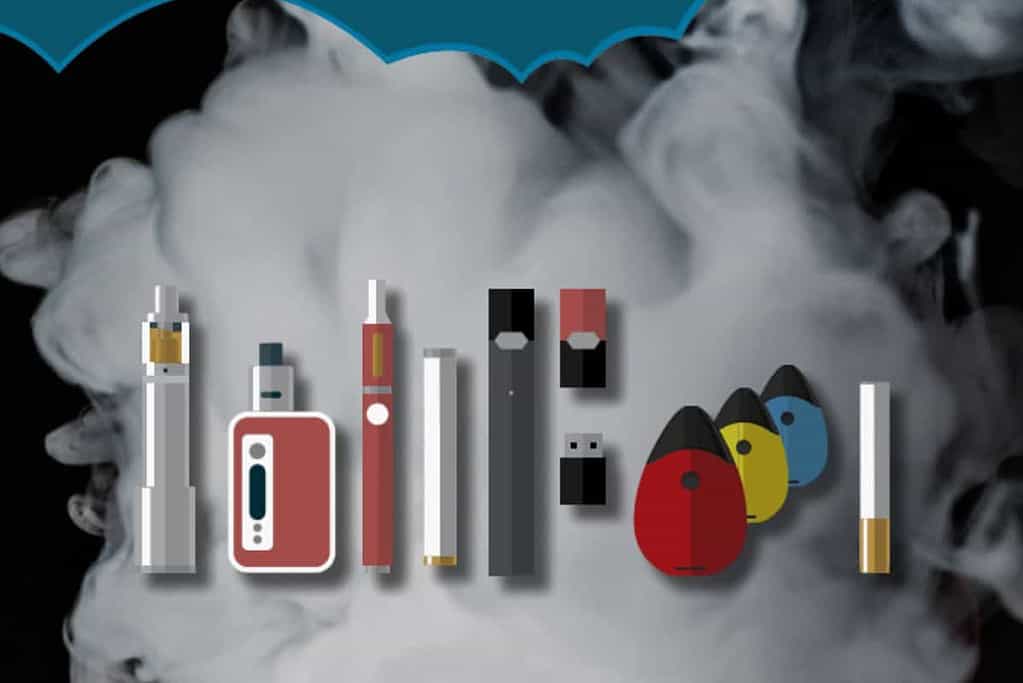
The Concept of Vaping
Vaping is the act of inhaling an aerosol, commonly referred to as vapor, produced by a device like an e-cigarette or vape pen. Unlike traditional cigarettes, vaping devices heat a liquid called e-liquid to create vapor, which does not contain harmful tar or produce smoke. The e-liquid often contains nicotine, which provides a similar experience to smoking a traditional cigarette without many of the associated risks.
Defining E-Cigarettes
E-cigarettes are electronic devices that are designed to simulate the experience of smoking a cigarette. They typically consist of a rechargeable battery, a heating element, and a -tank or cartridge containing e-liquid. E-liquid is a mixture of propylene glycol, vegetable glycerin, flavorings, and often nicotine. There are different types of e-cigarettes, including disposable devices and refillable ones with replaceable coils. Some e-cigarettes also offer nicotine-free options for users who prefer to enjoy the act of vaping without consuming nicotine.
What is Juul?
Juul is a particular brand of e-cigarette that has gained popularity, especially among younger users. Juul devices are small, sleek, and resemble a USB flash drive, making them easy to conceal and carry around. The Juul utilizes pre-filled pods containing e-liquid with a higher concentration of nicotine salts, which can deliver nicotine more efficiently to the user. This feature has led to concerns about the potential for increased nicotine addiction among Juul users, particularly adolescents.
Vaping has become a popular alternative to smoking, with various products and flavors available, such as DazeD8 25mg Delta 8 Gummies and a wide range of edibles. While e-cigarettes and Juul devices present a less harmful alternative to traditional cigarettes, it is important to be aware of the potential risks associated with nicotine consumption and choose the appropriate product based on individual needs.
Components of Juul and Vape
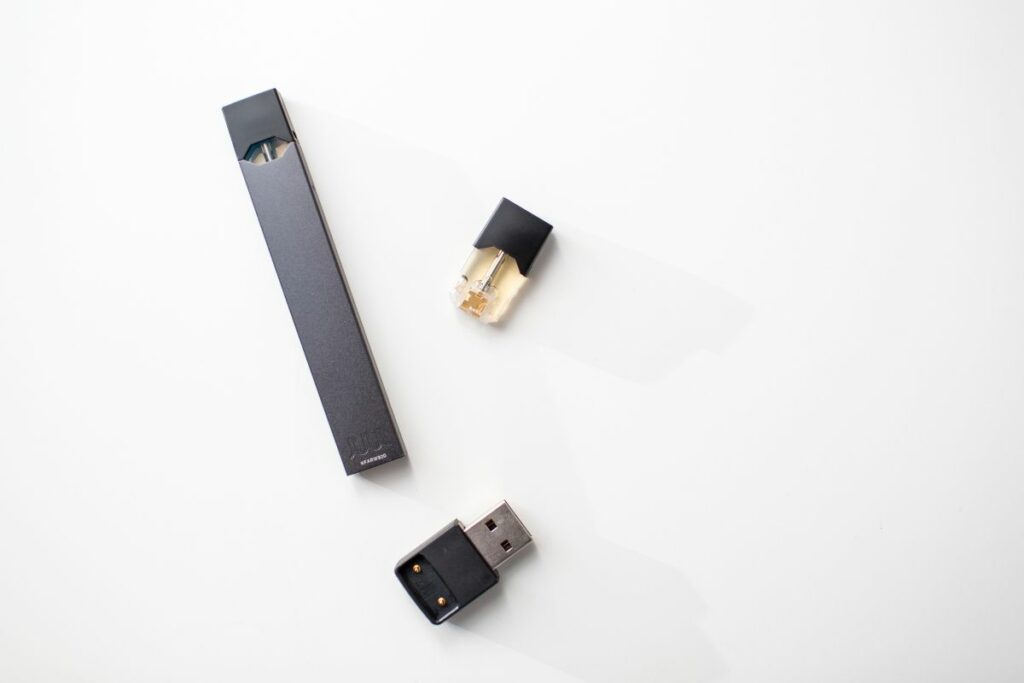
Design and Structure
Both Juul and traditional vape pens have unique designs that cater to different preferences of users. Juul is known for its sleek and slim design, resembling a USB flash drive, which makes it portable and discreet. On the other hand, vape pens and mods come in various shapes and sizes, offering more customization options for the users.
Battery Powered
Juul and vape devices are both powered by rechargeable batteries. Most vape pens use standard 510-threaded batteries, while Juul has a proprietary battery design. When it comes to charging, a Universal 510 Thread Battery USB Charger can be used for charging most vape pens. However, with a Juul, you specifically need a Juul-compatible charger.
Heating Coils
The heating coils are an integral component of both Juul and vape devices. They are responsible for heating the e-liquid or dry herb into vapor, which users inhale. Juul uses a proprietary heating coil, while vape pens and mods have a wide variety of coil options that cater to different vaping experiences.
Juul:
- Proprietary heating coil
- Ceramic wick to minimize dry hits
Vape Pens:
- Various coil types available
- Rebuildable options for experienced users
Cartridge
The cartridges or pods hold the e-liquid or dry herb material in both Juul and vape devices. Juul has pre-filled, disposable Juul pods that contain a fixed amount of e-liquid, along with nicotine salts. Vape pens, on the other hand, usually have refillable cartridges or tanks, allowing users to choose their own e-liquids and adjust the nicotine levels.
Juul:
- Pre-filled, disposable pods
- Consistent nicotine levels and flavors
Vape Pens:
- Refillable cartridges or tanks
- Customizable e-liquid selection
Comparing Juul with Vape
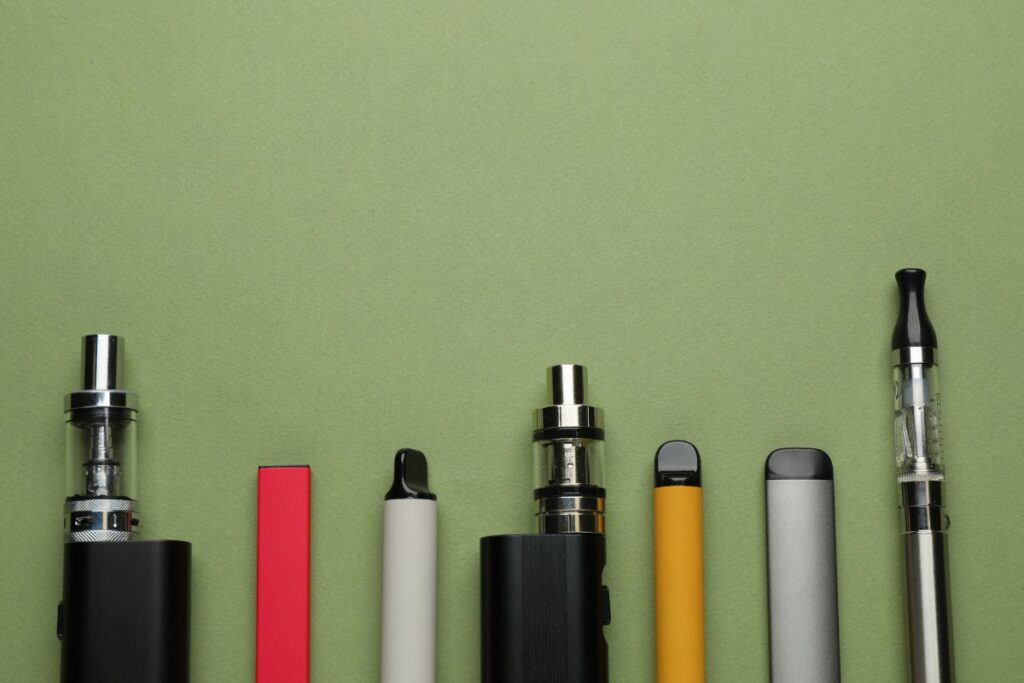
Flavors and Taste
When comparing Juul and vape devices, there are differences in flavors and taste experiences. Juul offers a limited selection of flavor pods, typically focusing on traditional flavors such as tobacco, menthol, and fruit options. In contrast, vape devices accommodate e-liquids, which come in a wide variety of flavors such as tobacco e juice, and dessert flavored vape juice. This allows users to explore diverse vape juice flavor combinations, catering to personal preferences.
Nicotine Strength
Nicotine delivery is another important factor to consider when comparing Juul and vape devices. Juul utilizes nicotine salts, which result in a smoother throat hit while quickly delivering nicotine to the user. Vape devices, on the other hand, often use freebase nicotine which may provide a stronger throat hit and slower nicotine absorption. Additionally, the nicotine strength range available in e-liquids can be tailored to users’ preferences, providing more flexibility compared to Juul pods.
Cost Comparison
In terms of cost, initial investment in a Juul device is typically lower compared to customizable vape devices. However, the ongoing expense of purchasing Juul flavor pods can be higher than buying e-liquids for refillable vape devices. For those seeking cost-effective options, disposable vapes like Mr Fog Switch SW5500 offer lower upfront costs and elude the need for frequent pod or e-liquid purchases.
Ease of Use
When it comes to ease of use, Juul devices generally provide a simpler user experience as they are designed with a straightforward plug-and-play system. Vape devices, in contrast, may require adjustments in settings, maintenance, and coil replacements. While Juul devices are suitable for users seeking convenience and simplicity, vape devices cater to individuals who prefer customization and direct control over their vaping experience.
By examining the differences in flavors, taste, nicotine strength, cost, and ease of use, it’s clear that both Juul and vape devices have their unique attributes. Users can weigh these factors based on their personal preferences and choose which product best suits their needs.
Health Implications of Using Juul and Vape
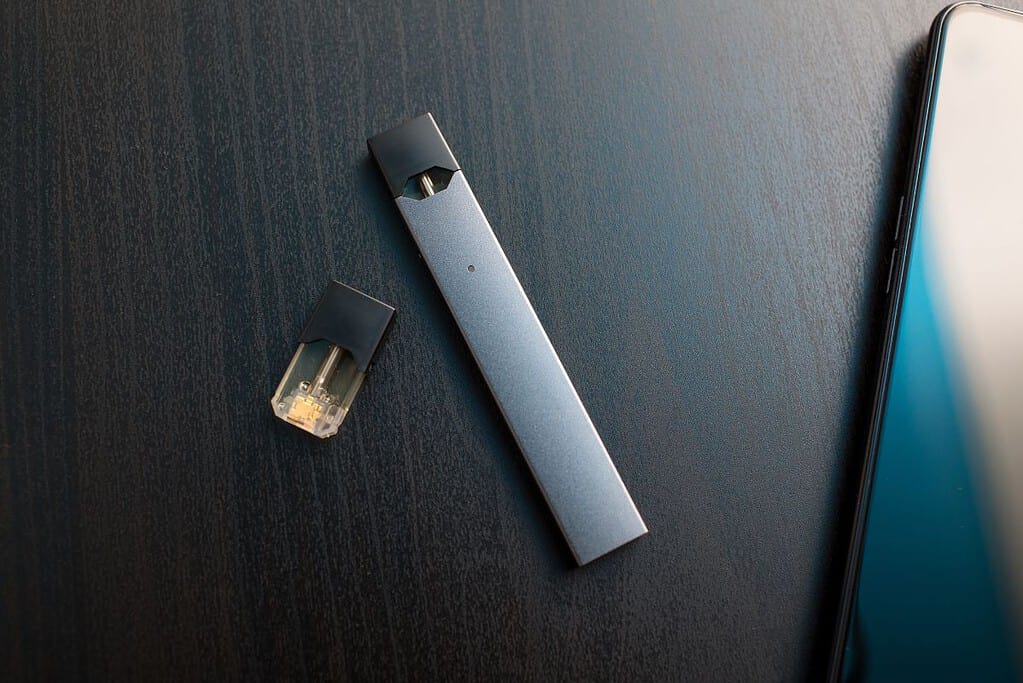
Addictiveness and Harm
Juul and vape devices have become popular alternatives to traditional cigarettes, but concerns remain about their addictiveness and potential harm. Both products deliver nicotine, an addictive substance found in tobacco products. The nicotine concentration in Juul devices can be similar or sometimes even higher than traditional cigarettes, increasing the risk of addiction1.
Some studies suggest that vaping exposes users to fewer harmful chemicals in comparison to conventional smoking. However, the aerosol produced by vaping can still contain harmful substances and potentially lead to health issues2. It is crucial to remember that while these devices may be considered less harmful than cigarettes, they are not without risks.
Public Health Concerns
Vaping has become a significant public health concern due to its rapid increase in popularity, particularly among young people. The rise in youth vaping has led to increased attention from public health organizations, who are concerned about long-term health effects and the potential for addiction3. There is still much to learn about the long-term effects of vaping, making it essential to monitor and study the potential public health implications.
FDA’s Stand
The FDA has been actively working to regulate Juul and other vape devices, imposing restrictions on the sale and marketing of these products to minors4. The agency has also issued warnings to companies that make false or misleading claims about the safety and effectiveness of their devices for smoking cessation5. They continue to evaluate the safety of vaping products and work towards protecting public health.
Alternatives to Smoking
While some people may use Juul or vape devices as a means to quit smoking, the American Lung Association cautions that there is not sufficient evidence to support vaping as a safe and effective smoking cessation tool6. Instead, they recommend FDA-approved methods such as nicotine replacement therapy and counseling services to help individuals quit smoking.
Legal and Societal Impact

Regulations and Lawsuits
Over the years, various regulations and lawsuits have been filed against e-cigarette manufacturers, including Juul. The FDA plays a significant role in regulating the vaping industry, constantly updating its guidelines and policies. One major concern is the ease with which e-cigarettes can be mistaken for USB drives, leading to accidental exposure and ingestion of nicotine by children.
Many lawsuits have been filed against Juul for allegedly marketing their products to teens and for causing negative health effects. In response to these lawsuits and mounting public pressure, some states and cities have implemented bans on flavored e-cigarettes to curb the appeal to young people.
Vaping in Teens
E-cigarettes, including Juul devices, have become increasingly popular among teens. In fact, a significant percentage of youth who used the Juul vaporizer in the last 30 days obtained it from social sources, highlighting the importance of strong state laws that disrupt the social availability of vaping products. Teens are especially vulnerable to the addictive nature of nicotine, which can have long-lasting negative effects on their brain development.
Moreover, e-cigarettes are often perceived as a safer alternative to combustible cigarettes, leading to increased use among young people. Public health campaigns and increased awareness regarding the risks of e-cigarettes are necessary to counteract this perception.
Vaping and Marijuana Laws

As marijuana becomes more widely accepted and decriminalized, vaping technology has also been adapted for use with marijuana products. In some cases, the legal status of marijuana and its derivatives has led to confusion regarding how these laws apply to those who smoke or vape cannabis.
Concerns have also been raised about the health effects of vaping cannabis, as well as the potential for vaping devices to be used for consuming high-potency delta 8 THC products. Some states with legal marijuana markets have implemented, or are considering, laws to limit the use of additives in THC-containing vaping products to address some of these concerns. In addition to these regulations, ongoing research is necessary to better understand the long-term impact of vaping cannabis on public health.
Conclusion
In the world of vaping, both Juul and traditional vape devices have their advantages and disadvantages. One deciding factor for many users is the variety of flavors and vape juice options available. Traditional vapes offer a wider selection of vape juice flavors, while Juul primarily focuses on popular flavors, such as menthol.
The convenience factor is another aspect to consider. Juul devices are known for their sleek, compact design, making them easy to carry around and use discreetly. In contrast, many vape devices can be larger and more cumbersome, but they do come in various sizes and designs for those seeking a balance between portability and power.
Vape devices, on the other hand, offer a more customizable experience for users who want to fine-tune their vaping experience. Users can adjust settings like temperature, wattage, and airflow to achieve their desired vapor production and flavor intensity. Juul devices, by comparison, have limited customization options due to their closed-system design.
In terms of cost, both options vary depending on the user’s preferences and consumption habits. Using refillable vape devices can be more economical in the long run, as users can purchase larger quantities of vape juice at a lower cost per milliliter. Juul users may find themselves spending more on replacement pods, especially if they consume higher levels of nicotine.
Ultimately, the choice between Juul and vape devices comes down to individual preferences, desired features, and budgetary constraints. Users seeking a simple, popular option with the ease of use might find the Juul to be more suitable, while those looking for customization and a greater variety of flavors may lean towards traditional vape devices. Making an informed decision can help users have a satisfying and enjoyable vaping experience.
Frequently Asked Questions
What are the main differences between Juul and other vapes?
Juul devices are a specific type of e-cigarette that gained popularity due to their compact design and high nicotine content. They use a closed pod system, which means the pods containing the e-liquid are not refillable, unlike other vapes that often have reusable tanks. The liquid in Juul pods contains nicotine salts, providing a smooth throat hit that closely mimics the sensation of smoking traditional cigarettes.
How do the nicotine levels compare in Juuls vs other vapes?
Juul’s nicotine content is notably higher compared to some other vapes. A single Juul pod contains around 59 mg/mL of nicotine, translating to approximately 5% nicotine by weight. Most other vapes contain e-liquids with nicotine concentrations ranging from 3 mg/mL to 36 mg/mL. This difference in nicotine levels is one reason some people find Juul more satisfying when it comes to nicotine cravings.
Are there health risks specific to Juuls compared to other vapes?
While the exact health risks of Juuls remain under study, it is clear that their high nicotine content can lead to stronger addiction. Because of their design and ease of use, Juuls may also appeal to underage users, resulting in a higher chance of addiction at a young age. Although many of the health risks associated with Juul are similar to those of other vapes, it is essential to remember that the long-term effects of both e-cigarettes and Juul devices remain largely unknown.
Why was Juul banned in some regions?
Juul faced bans in some regions primarily due to concerns about youth use and addiction. The sleek design, discreet size, and high nicotine content made it appealing to many underage users, which led to a rise in youth vaping rates. Governments around the world implemented bans to address this public health concern and deter addiction among young people.
What are the available flavors for Juul vs other vapes?
Juul’s original line-up included flavors like fruit, mint, and creme. However, due to regulations, Juul now mainly offers tobacco and menthol flavors in the United States. On the other hand, other vapes provide a much broader range of flavors, including fan favorites like fruit, dessert, and beverage-inspired options. The wealth of available flavors is a significant reason some users prefer other vapes over Juuls.
How do the sizes and designs of Juuls differ from other vape devices?
Juul devices are known for their compact and slim design, resembling a USB flash drive. This sleek appearance makes them easy to carry around and discreet when in use. Other vape devices come in a wide range of shapes and sizes, from pocket-friendly pen-style vapes to larger, more powerful box mods. The choice between a Juul and other vape devices often depends on personal preference regarding size, design, and customizability.
Footnotes
- https://www.nytimes.com/2018/11/23/health/juul-vaping-nicotine.html ↩
- https://www.lung.org/quit-smoking/e-cigarettes-vaping ↩
- https://academic.oup.com/pch/article-abstract/25/Supplement_1/S16/5857591 ↩
- https://www.fda.gov/news-events/press-announcements/fda-takes-new-steps-address-epidemic-youth-e-cigarette-use-including-historic-action-against-more ↩
- https://www.fda.gov/news-events/press-announcements/fda-advances-work-regarding-cigarette-company-applications-new-tobacco-products ↩
- https://www.lung.org/quit-smoking/e-cigarettes-vaping/impact-of-e-cigarettes-on-lung ↩



